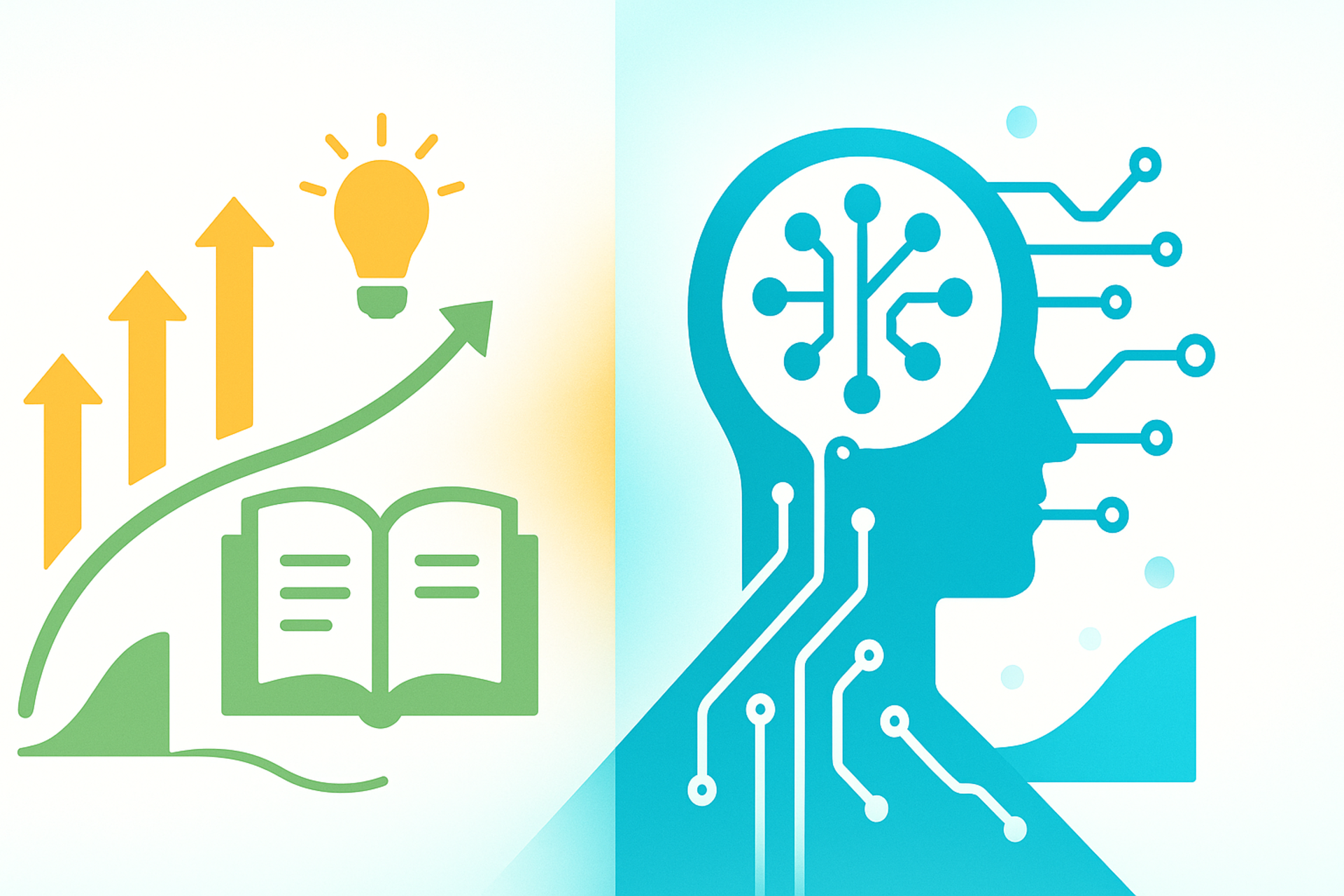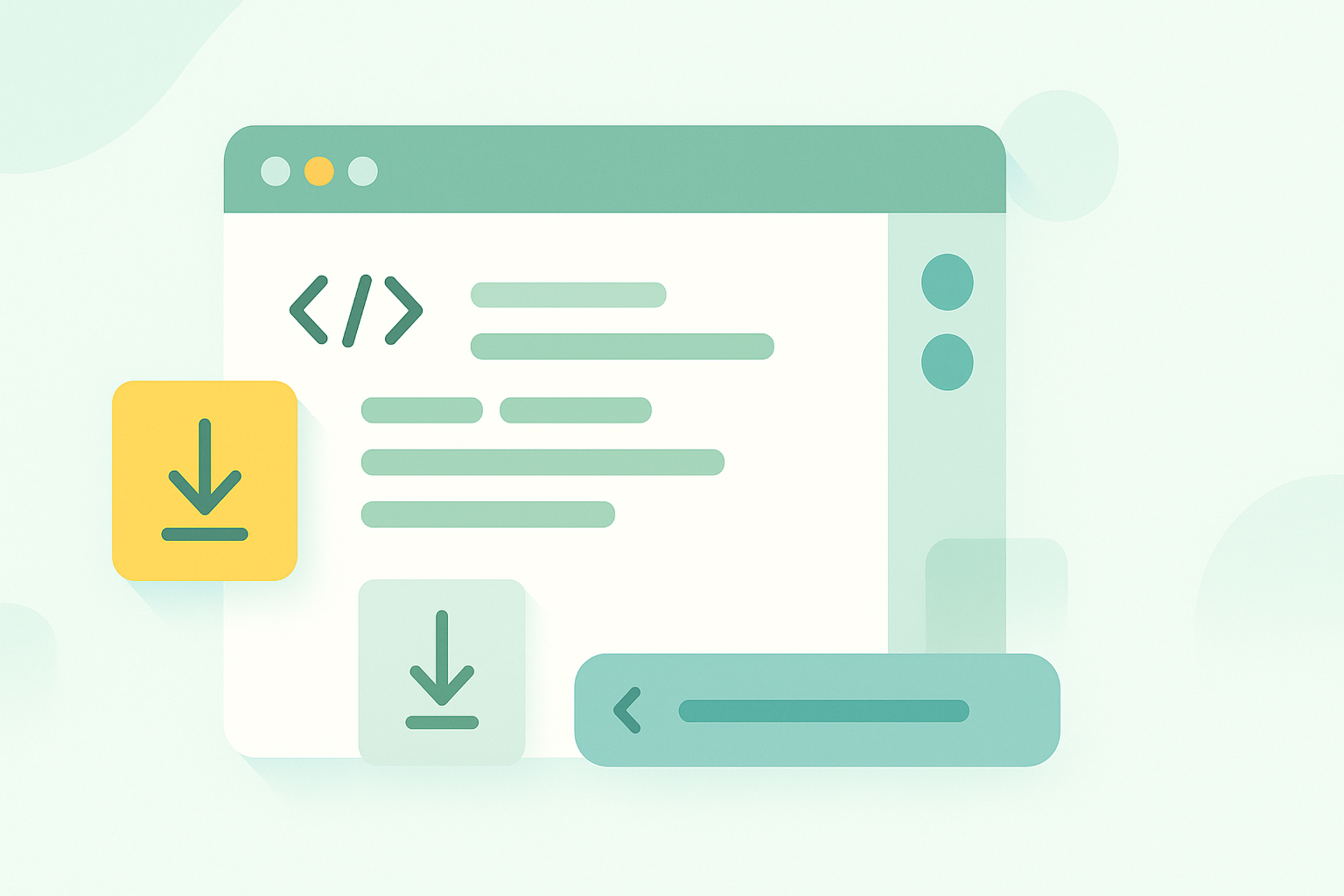The Problem With AI-Generated Go Code
I've spent the last two years watching AI generate Go code for developers. Here's what I see constantly: The AI suggests using pointers everywhere "for efficiency." It creates elaborate interface hierarchies that would make a Java developer weep with joy. It reaches for channels when a simple mutex would do. It copies patterns from code written by people who never actually learned Go. They just translated their Java or Python muscle memory into Go syntax.
The AI isn't wrong. It's learning from the internet, and the internet is full of bad Go code.
Meanwhile, Mark and I have decades of training materials explaining why these patterns are wrong, what idiomatic Go actually looks like, and how to structure systems that leverage Go's strengths instead of fighting them. We've taught thousands of developers how to write production Go that's maintainable, performant, and actually idiomatic.
So we asked ourselves: what if we could put those training materials directly into the AI's context?
Building the Gopher Guides MCP Server
MCP stands for Model Context Protocol. It's a way for AI assistants like Claude to access external knowledge sources. We've built an MCP server that gives AI tools direct access to our entire training library.
When you're coding and Claude suggests something questionable, you can now ask it to audit the code against Gopher Guides best practices. When you're unsure how to implement a pattern, you can search our training materials for specific examples. When you need architectural guidance, you can pull real-world recommendations from people who've been writing production Go since before Go 1.0.
The server provides three main capabilities to your AI assistant. First, you can feed it Go code and get a detailed review based on our training best practices. You can specify focus areas like concurrency or error handling, or let it do a comprehensive analysis. Paste in a handler function and it'll identify that you're not using context cancellation properly, point out where the error handling could be more idiomatic, and suggest a simpler struct layout.
Second, you can search 30+ years of training materials for specific code patterns or concepts. Instead of hoping the AI remembers the right pattern, you're pulling from actual teaching examples. Ask for "examples of proper interface usage in Go" and you'll get real code from our courses with explanations of why it's structured that way.
Third, you get targeted recommendations for specific Go topics. Want to know how to handle concurrent writes? When to use buffered vs unbuffered channels? How to structure a service layer? Just ask. The AI will pull from the patterns we teach in our workshops and give you battle-tested approaches.
The Technical Challenge We Solved
Building this required solving a genuinely hard problem: how do you make 72 markdown files with thousands of code examples searchable by semantic meaning, not just keywords?
Our first implementation broke the training materials into 512-token chunks, generated OpenAI embeddings for each, and stored them in PostgreSQL with the pgvector extension. We got 444 chunks with similarity scores around 0.38-0.47. It worked, but not well enough.
The problem? We were embedding references like <code src="handlers/user.go"/> instead of the actual code. The AI could find discussions about handlers, but not see the real implementation patterns.
Then came the breakthrough. We integrated Remark, our course parsing library, to inline actual code into the embeddings. Instead of "this talks about handlers," the search now sees the actual handler implementation with all its context. The results were dramatic: 1,830 chunks (4.1x more), similarity scores jumped to 0.50-0.60 (30-50% improvement), and the search quality went from "technically working" to "actually useful."
Total cost for processing our entire training library? $0.0017. Less than a penny.
The search uses pgvector's ivfflat index for fast similarity search. When you ask for examples of error handling, it's finding code snippets that semantically match error handling patterns, even if they don't contain the exact phrase "error handling."
Why Alumni Get Free Access
Here's how we're structuring access: If you've ever trained with Gopher Guides (live courses, self-paced, free workshops, anything), you get 20 queries per month free forever. If you've purchased a course from us, you get 40 queries per month.
Why give free access to alumni? Because you're part of why this knowledge exists. The best practices we teach evolved from thousands of questions, code reviews, and "wait, why does it work that way?" conversations with students. You contributed to that knowledge base. It feels right to give you access to what you helped create.
For professional developers using this daily, we offer unlimited queries for $29/month. Less than an hour of your billing rate for unlimited access to decades of Go expertise. All managed through Stripe with proper subscriptions, customer portal, usage tracking, the whole professional setup.
Getting Started
The server runs at mcp.gopherguides.com (it's hosted, not local). To connect Claude Desktop or other MCP-compatible tools, you configure it like this:
{
"mcpServers": {
"gopher-guides": {
"transport": "sse",
"endpoint": "https://mcp.gopherguides.com/sse",
"bearertoken": "gg_mcp_your_api_key_here"
}
}
}
Once configured, the tools are available in your AI assistant. You can ask Claude to audit your code, search for examples, or get best practice recommendations, and it will use our training materials to inform its responses. We've rate limited it to 10 requests per minute to prevent accidents and abuse, with full usage tracking per API key.
Beta Feedback We Need
This is beta because we're still figuring things out. Is it finding the right examples? Are the recommendations actually useful? Is the output helpful or too verbose or missing context? Is the response time acceptable? We've done internal testing, but nothing beats real developers using it for real problems.
If you're in the beta, we want to hear what works and what doesn't. We're iterating quickly based on feedback before opening it up more broadly.
Where This Is Going
Right now, this is phase one. We're focused on making the core experience excellent. Once that's solid, we have bigger plans.
We'll add a proper customer-facing UI for easy signup, API key management, and usage dashboards. We'll set up scheduled jobs to keep embeddings updated as we add new training materials. We'll improve the search with better chunking strategies, metadata filtering, and context window optimization.
Longer term, we're thinking about custom training sets where teams could have their own private knowledge base. Code pattern detection that proactively flags anti-patterns in your codebase. Integration with CI/CD for automated reviews in pull requests. Maybe even expand beyond Go to apply the same approach to other languages.
But we're not getting ahead of ourselves. First, we nail the core experience.
Why This Matters
AI coding assistants are here to stay. The question isn't whether developers will use them. It's what knowledge they'll have access to.
Right now, they learn from whatever's on the internet. That means they're as likely to suggest a cargo-cult pattern from a random blog post as they are to recommend something actually idiomatic.
By making high-quality, expert-reviewed training materials available as structured knowledge, we're raising the baseline for AI-generated Go code. Not just for our students, but for anyone using an MCP-compatible tool.
Over time, this could mean AI assistants that actually understand Go's philosophy, not just its syntax. Tools that suggest io.Writer interfaces at the point of use instead of defining them next to implementations. Assistants that recommend simple, clear concurrency patterns instead of over-engineered channel architectures.
That benefits everyone writing Go.
The Tech Stack (For Those Who Care)
We built the RAG (Retrieval Augmented Generation) pipeline with a chunker that splits content into 512-token segments with overlap, OpenAI's text-embedding-3-small model for 1536-dimension embeddings, pgvector with ivfflat index for cosine similarity search, and Remark integration for inline code in embeddings.
The MCP server uses HTTP/SSE transport (not local stdio), API key with bearer token authentication, rate limiting at 10 requests per minute per key, and PostgreSQL for usage tracking. Billing is handled through Stripe with full subscription management, customer portal, and webhooks for real-time subscription updates.
All written in Go, of course. Currently on a feature branch moving toward production deployment.
Getting Access
If you're a Gopher Guides alumni (any course, any format, any time), you'll get an email with beta access details and your API key. If you haven't received it yet, reach out. We're rolling out in batches.
If you've never trained with us, the public beta will open soon. Keep an eye on our site or subscribe to our newsletter. If you're interested in the Pro tier, you'll be able to upgrade directly from the customer portal once it's live.
The Bottom Line
This is an experiment in making expert knowledge accessible at the point of use. We're not replacing developers or automating training. We're just making the best practices and patterns we've spent decades refining available when you need them.
If it works, your AI assistant gets smarter about Go. If it doesn't, we learn something and iterate. Either way, we're excited to have you along for the ride.




